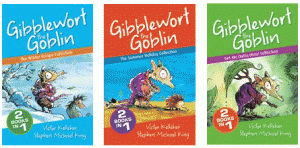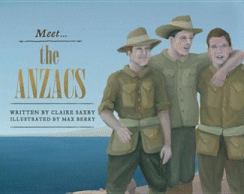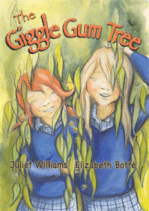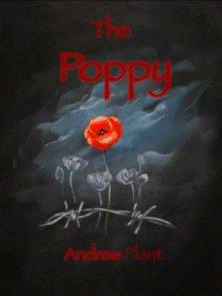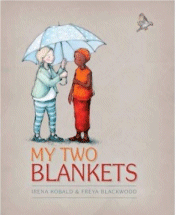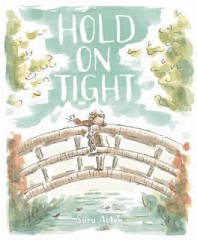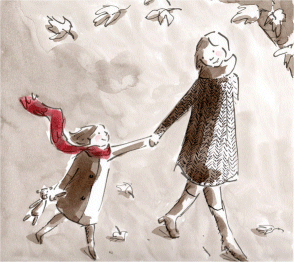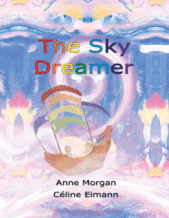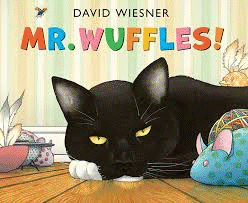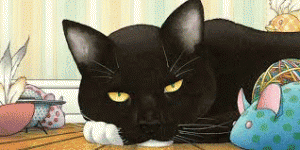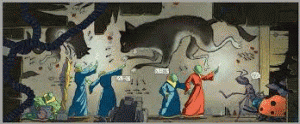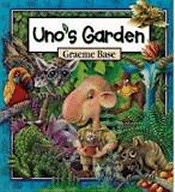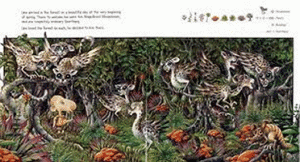Gibblewort the Goblin
Get Me Outta Here Collection (Goblin in the City; Goblin in the Rainforest) 9780857982643
The Summer Holiday Collection (Goblin in the Bush; Goblin on the Reef) 9780857982636
The Winter Escape Collection (Goblin in the Snow; Goblin at the Zoo) 9780857982650
Victor Kelleher
Stephen Michael King
Random House, 2014
pbk., RRP $A12.95ea
Gibblewort is a nasty goblin who likes to be in his home country of Ireland with its grey clouds, squelchy rain and icy winds, playing mean tricks on his mates. But instead he finds himself in Australia – the Snowy Mountains, The Great Barrier Reef, the rainforest, the bush – and in each story he finds the country gets the better of his nasty nature and he longs for Ireland again. Except he never quite gets there.
These books are a re-release of one of the most popular series for younger readers that I had in my school library’s collection. They were never on the shelves and the reserve list was long. With two complete stories in each book, they’re an ideal way to support those making the transition from instructional readers to novels. Each has short chapters with sparse text and many illustrations – all the essential elements which give them the confidence to take their reading journey further – and the humour in both the text and the illustrations as Gibblewort tries to extricate himself from precarious situations of his own making appealed to both boys and girls. They also found that it was a safe bridge to the world of the fantastic – a nasty Irish goblin was much less scary than some of the creatures and worlds their older siblings were reading about as the fantasy genre began to grip. “Blither and blather!” was commonly heard in the playground and even the most reluctant readers wanted to be part of the in-crowd who had read each story and eagerly awaited the next one. (We had competitions to see who could have it first!)
Now that my grandchildren are reaching the stage of independent reading, I’ve been searching for some of those titles that were so popular with my students 8-10 years ago and I’m so glad that Gibblewort is available for them to enjoy. Your students will be too.
